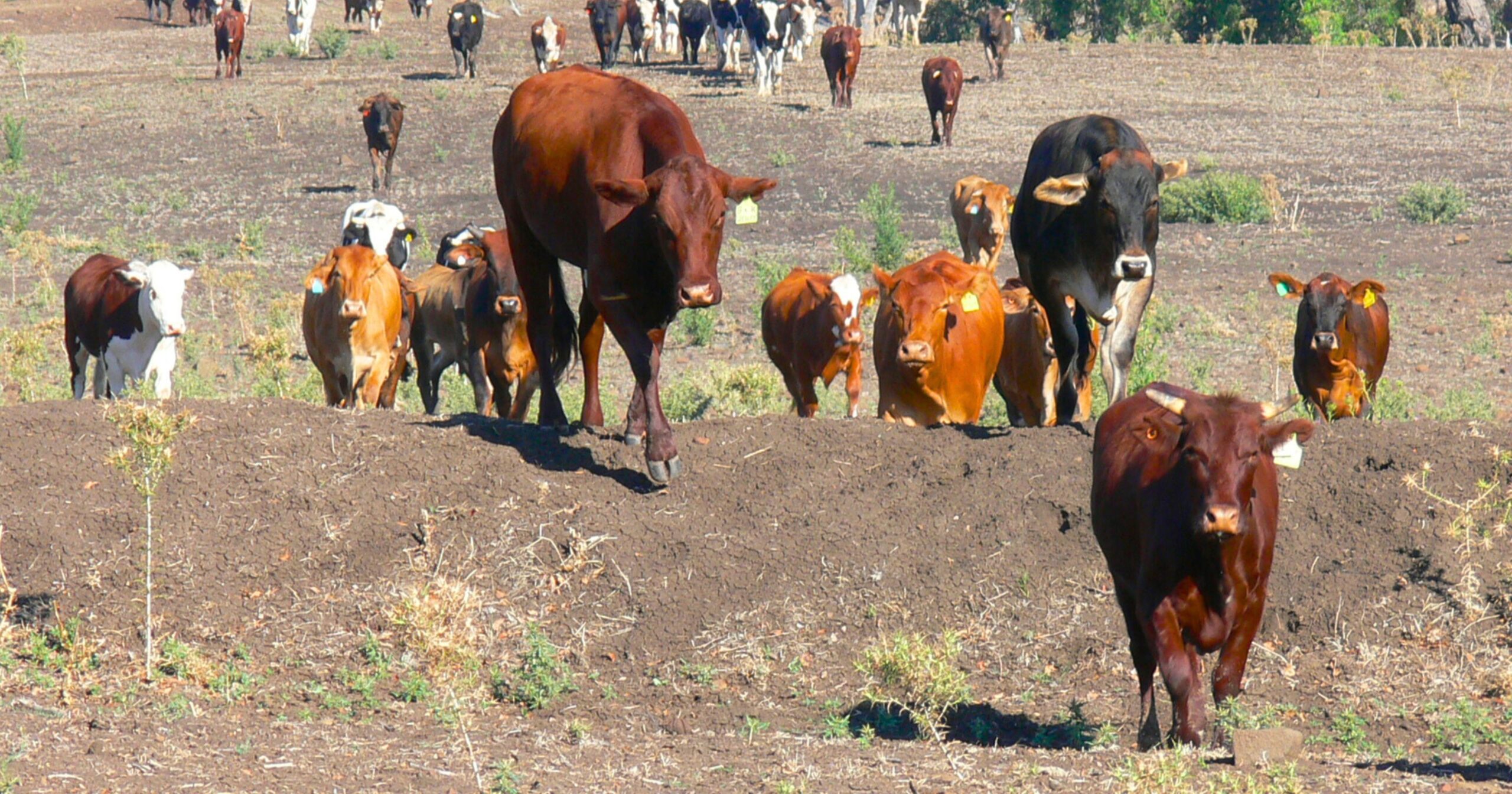Call to improve alcohol warning labels
New research has revealed adult drinkers exposed to alcohol carrying health warning labels with text and pictures are more likely to intend to reduce their alcohol intake than those exposed to no health warning labels, or to the industry-developed DrinkWise labels.
The study, conducted by Cancer Council Victoria and published in PLOS ONE in December, repeatedly exposed 1,755 Australian adults to images of beer, wine and spirit products that carried one of three different types of public health warning labels that communicated alcohol-related harms (text only, text/illustration or text/photo), compared to products displaying industry-developed DrinkWise labels, or those with no health warning labels.
After repeated exposure across a week, participants shown alcoholic products with the health warning labels that included text and simple illustrations were more than 1.5 times more likely to say they intended to reduce the amount of alcohol they would drink over the next week compared to those who did not see any health warnings (57.5 per cent v 40.3 per cent) and compared to those who saw the DrinkWise labels (57.5 per cent v 43.5 per cent).
The drinkers who were shown alcoholic products with the text/illustration health warnings labels were also more than twice as likely to say they would avoid drinking alcohol completely in the next month compared to those exposed to the DrinkWise labels (19.6 per cent v 8.6 per cent).
“Like tobacco companies, the alcohol industry has strongly resisted mandatory health warning labels on alcoholic products as they seek to prioritise profits over people’s health. Our findings suggest that health warning labels on alcohol products highlighting harms are beneficial to public health and those featuring text and simple illustrations were the most promising,” Senior Research Fellow at Cancer Council Victoria’s Centre for Behavioural Research in Cancer and lead author, Dr Emily Brennan, said.
“Alcohol in any amount is harmful to health, and there is no safe level of drinking. Health warning labels give consumers clear and accurate information about the risks of drinking at the point of consumption, helping them make an informed decision.”
Clare Hughes, Chair of the Cancer Council Nutrition and Physical Activity Committee, said the alcohol industry cannot be trusted to put the health of the community first.
“Alcohol is linked to 7 types of cancer including breast, bowel, liver, and throat, and increases the risk of chronic diseases like liver and heart disease, type 2 diabetes and stroke. Alcohol is high in energy and is a significant contributor to excess energy in the diets of Australians,” Ms Hughes said.
“We are calling on the Australian Government to urgently introduce stronger regulations to ensure that alcohol labelling protects consumers and gives them basic information to make an informed purchase. This includes stronger messages highlighting cancer risks.”



















